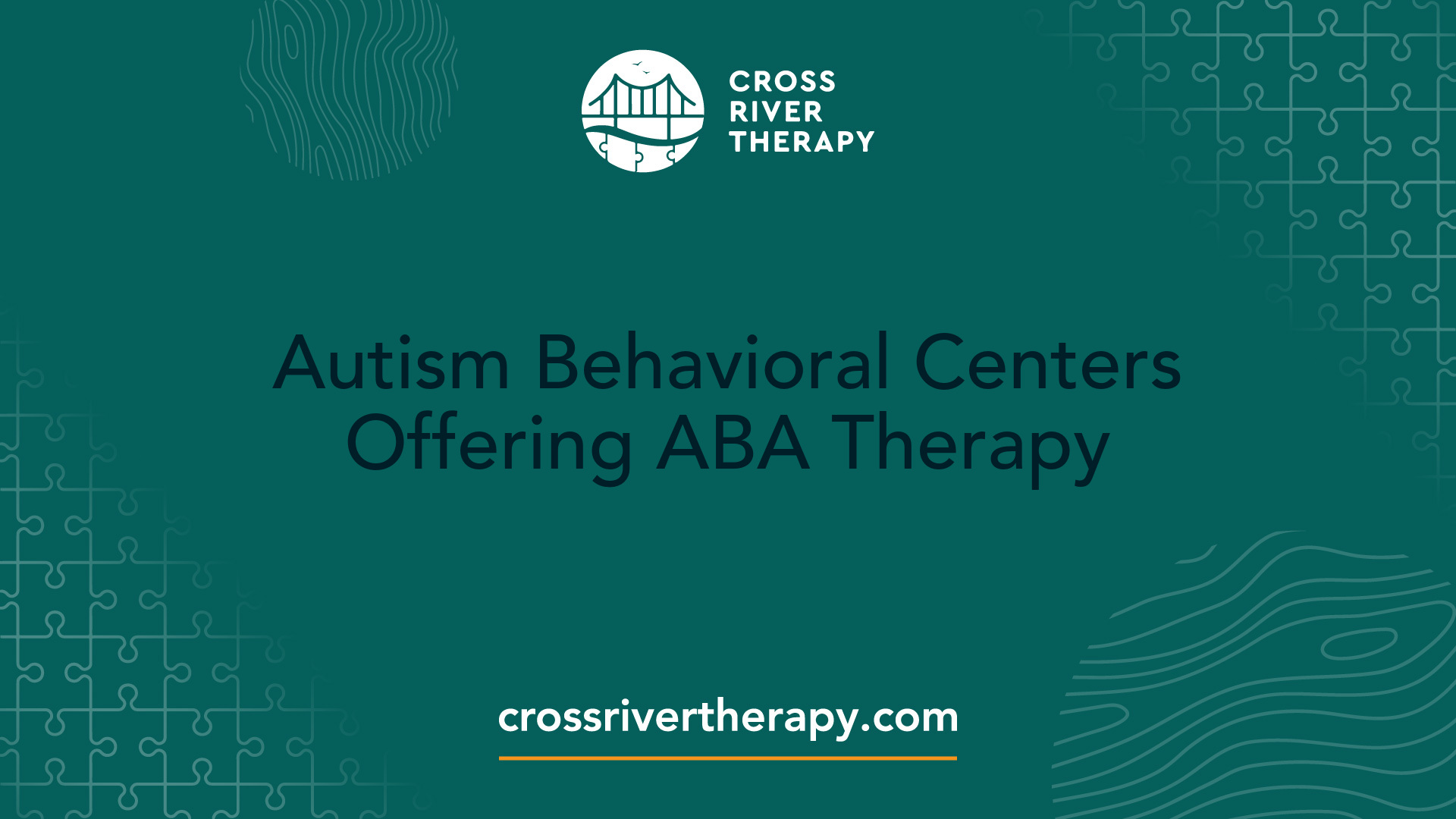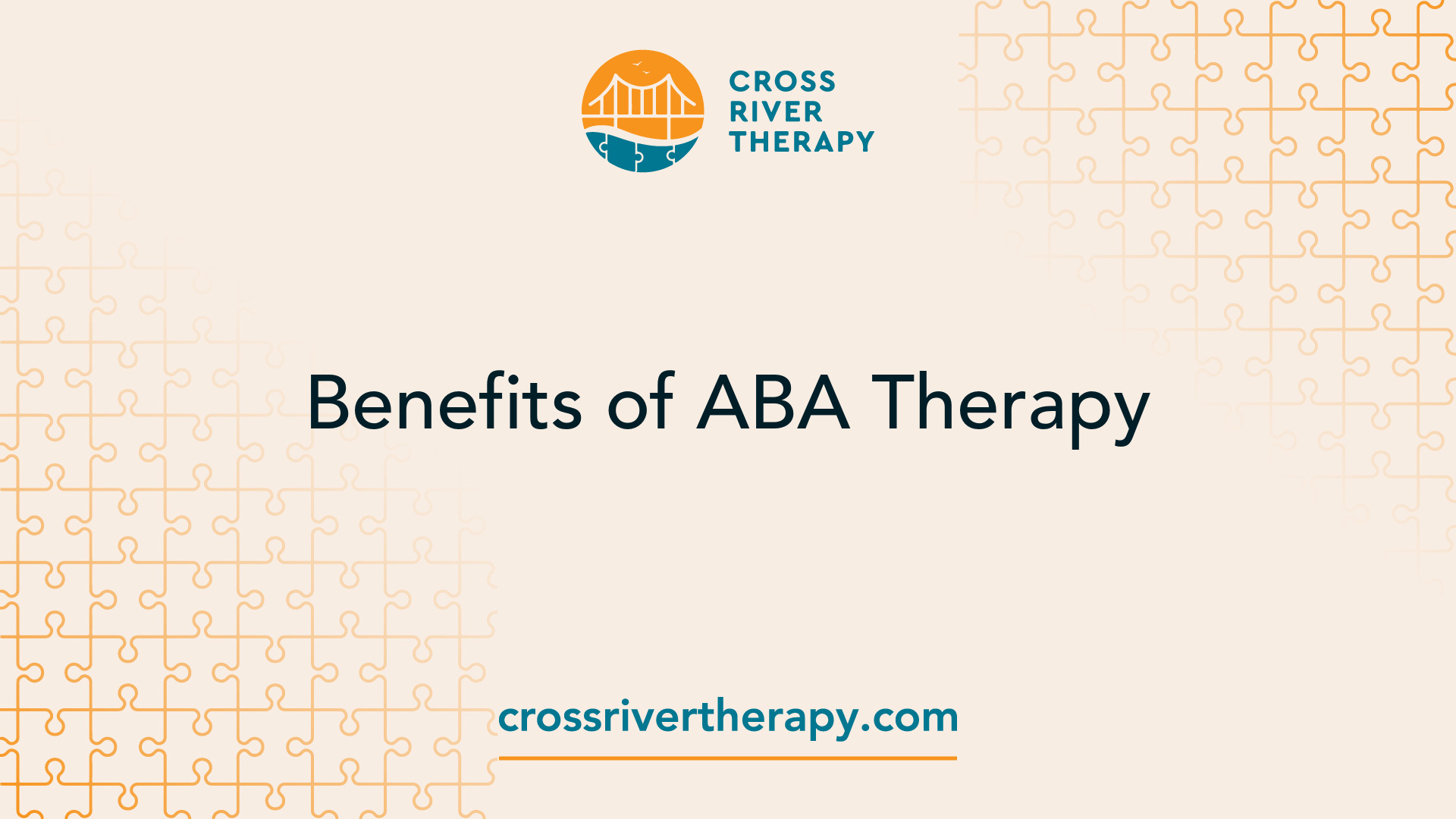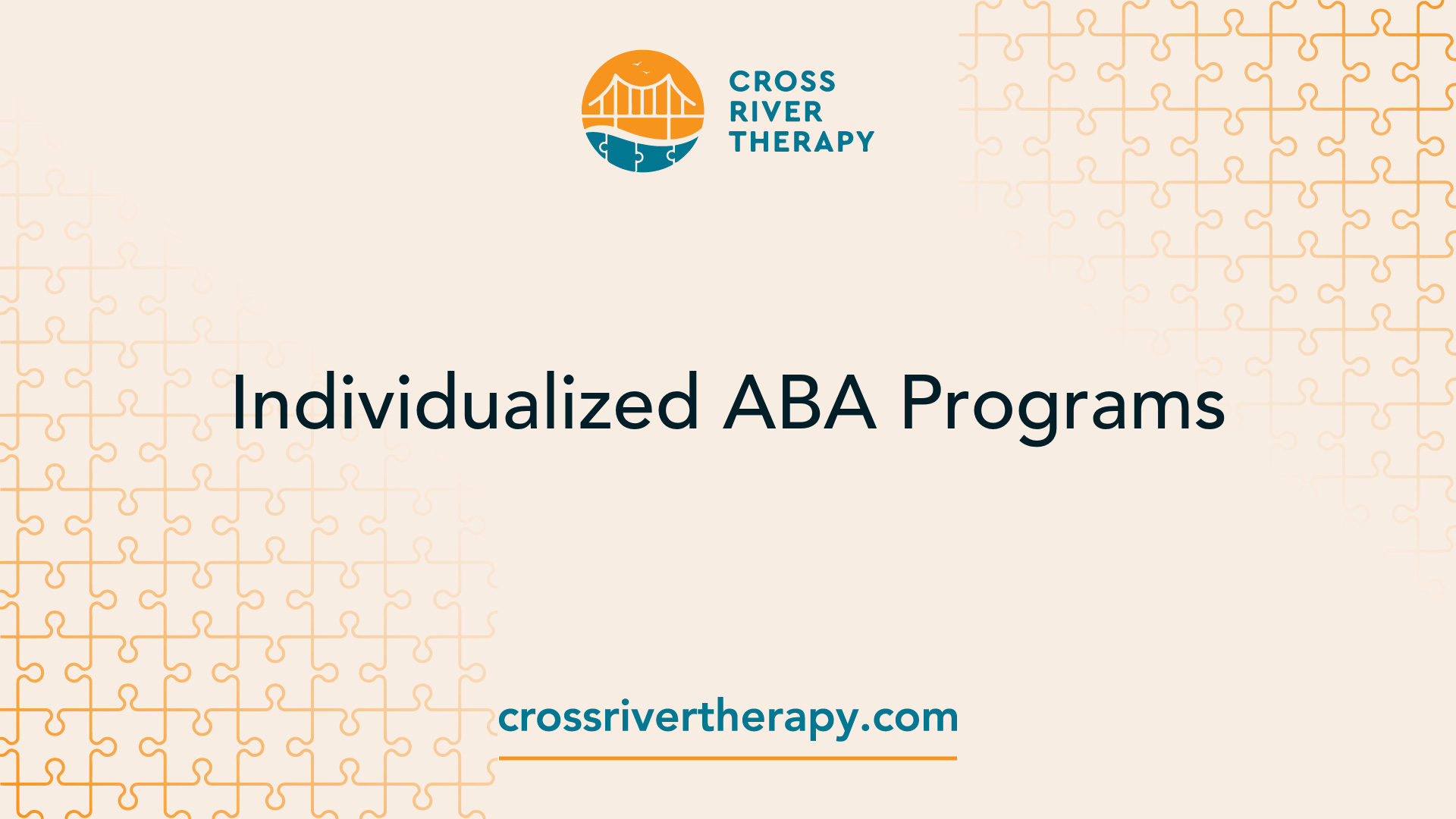Autism Behavioral Centers Offering ABA Therapy
Discover ABA therapy for autism behavioral centers and how it can improve your child's social skills and communication!

Understanding ABA Therapy
Introduction to ABA Therapy
ABA Therapy, or Applied Behavioral Analysis, is specifically designed to assist children diagnosed with Autism Spectrum Disorder (ASD) in improving functional skills. These skills encompass various areas, such as social interactions, communication, daily living tasks, play skills, and self-regulation. The goal is to help children navigate social situations more effectively, manage emotional responses, express their wants and needs, and develop positive behaviors [1].
ABA therapy employs five key components that form the foundation of its approach:
ComponentDescriptionTask AnalysisBreaking down complex tasks into manageable steps.ChainingTeaching skills by linking together smaller tasks.PromptingProviding cues or assistance to encourage the desired behavior.Prompt FadingGradually reducing prompts as the child gains independence.ShapingReinforcing successive approximations of the desired behavior.
These strategies help children learn and master new skills, ultimately fostering their independence and ability to interact within their environment.
Incorporating Positive Reinforcement
One of the fundamental strategies employed in ABA therapy is positive reinforcement. This concept is based on the idea that a person is more likely to repeat a behavior if it is followed by a valued consequence. It encourages positive behavior changes over time. Rewards can vary widely and may include options such as praise, toys, books, videos, or access to playgrounds.
Positive reinforcement not only increases the likelihood of desired behaviors but also strengthens the bond between the child and the therapist. It creates a friendly and supportive learning environment, making the therapy sessions enjoyable and motivating for children undergoing ABA therapy for autism behavioral centers.
Benefits of ABA Therapy

ABA therapy, or Applied Behavior Analysis therapy, is recognized as an effective method for supporting individuals with autism. Backed by evidence from more than 20 studies, it has been shown that intensive and long-term therapy using ABA principles leads to significant improvements in numerous areas. This section will focus on the key benefits of ABA therapy, specifically in improving social skills and enhancing communication.
Improving Social Skills
One of the primary goals of ABA therapy is to improve social skills among children with autism. This includes helping them understand social cues, follow interactions, and build meaningful relationships. Through structured and targeted interventions, ABA therapy helps children learn how to:
Research indicates that programs offering 25 to 40 hours of therapy per week over 1 to 3 years can lead to notable gains in social functioning [3]. The following table highlights some common social skills targets within ABA therapy:
Social Skills TargetDescriptionConversation InitiationEncouraging children to start conversations with peers.Sharing and Turn-TakingTeaching the importance of sharing toys and waiting for a turn.Understanding Social RulesHelping children recognize appropriate behavior in different social contexts.
Enhancing Communication
Effective communication is vital for children with autism, and ABA therapy provides targeted strategies to enhance their communication skills. The therapy uses techniques to encourage language development and expression, which may include:
By addressing both verbal and non-verbal communication, ABA therapy supports children in expressing their thoughts and feelings more effectively. Intensive ABA programs focusing on communication have shown improvements in language development and intellectual functioning. Here is a common breakdown of communication targets in ABA therapy:
Communication TargetDescriptionRequestingTeaching children how to ask for help or materials.LabelingEncouraging children to identify and name objects or feelings.Using Complete SentencesSupporting children in expressing their thoughts using full sentences.
ABA therapy not only aids in enhancing communication and social skills but also serves as a framework for developing comprehensive treatment plans tailored to meet the unique needs of each child. For more information regarding specific ABA programs, consider exploring our articles on aba therapy for autism behavioral centers and aba therapy for autism therapy programs.
Individualized ABA Programs

Individualized Applied Behavior Analysis (ABA) programs are fundamental in catering to the unique needs of children diagnosed with autism. Parents can rest assured that these treatments focus on personal growth and development through tailored strategies.
Tailored Treatment Plans
ABA therapy for autism behavioral centers involves creating personalized treatment plans that focus on the specific needs of each child. These plans are not one-size-fits-all; instead, they are carefully crafted to address individual concerns such as language and social skills.
An effective treatment plan usually incorporates various elements, including:
ComponentDescriptionAssessmentsInitial assessments to identify strengths and weaknesses.Goal SettingClearly defined, measurable goals tailored to the child's needs.Parent InvolvementActive participation from parents in the treatment process.Progress TrackingRegular monitoring of progress to ensure effectiveness.
These components ensure that the therapy progresses according to the child's development and adjustments can be made when necessary.
Personalized Goals
Setting personalized goals is crucial in ABA therapy. These goals guide the therapy sessions and focus on specific skills that can enhance the child's quality of life. The goals can include areas such as:
According to a summary of over 20 studies, intensive and long-term ABA therapy significantly improves outcomes across these areas, enhancing not only intellectual functioning but also social skills [6].
By individualizing goals, therapists can ensure that each child's program is engaging and effective, allowing for meaningful progress in their development. Parents can explore more about how these tailored goals are implemented in the context of aba therapy for autism development centers and aba therapy for autism skill centers.
In summary, individualized ABA programs prioritize the unique needs of each child. By developing tailored treatment plans and personalized goals, these programs provide a nurturing framework that supports the growth and progress of children with autism.
ABA Therapy Techniques
ABA therapy employs several effective techniques designed to promote skill development and behavioral change in children diagnosed with autism. Among the various methods used, video modeling and prompting and fading stand out as powerful tools in this therapeutic approach.
Video Modeling
Video modeling is a technique where individuals observe videos demonstrating specific behaviors or skills. These videos typically feature peers or adults modeling the desired actions or social interactions. By watching these scenarios, children can visualize appropriate behaviors in a controlled environment.
Benefits of Video Modeling:
Prompting and Fading
Prompting and fading is another essential component of ABA therapy. Prompts are supportive cues or hints that guide a child toward the desired behavior. They can be verbal, physical, or visual and are particularly useful when introducing new skills.
Fading involves gradually reducing the level of assistance provided by the prompt. This process encourages independence and helps the child learn to perform the behavior without relying on the prompts.
Key Aspects of Prompting and Fading:
Prompt TypeDescriptionVerbal PromptsCues provided through spoken instructions.Visual PromptsSupport offered through pictures or written instructions.Physical PromptsHands-on assistance where the therapist may guide the child's movements.
This systematic approach allows children to gain confidence as they develop self-reliance in their abilities. The gradual reduction of prompts enables them to master skills more effectively.
By utilizing video modeling and the prompting and fading technique, ABA therapists create a structured and supportive environment that promotes learning and adaptive behavior in children with autism. For more information on ABA methods, consider exploring our articles on ABA therapy for autism development centers and ABA therapy for autism skill centers.
ABA Therapy Success Stories
Success stories can provide hope and guidance for parents navigating the journey of autism treatment. ABA therapy has gained traction due to its proven efficacy in improving the lives of children diagnosed with autism. This section highlights real-world outcomes and the integral role families play in the process.
Case Studies and Outcomes
Many case studies demonstrate the effectiveness of ABA therapy for autism behavioral centers. A summary of over 20 studies indicates that children undergoing intensive and long-term ABA therapy show significant improvements in various skills. Research has indicated an over 89% success rate in treating autism spectrum disorder in children using ABA methods.
Outcome MeasurementPercentage ImprovementCognitive Skills70%Language Skills40%Daily Living Skills60%Social Skills75%
The National Autism Center also supports the effectiveness of ABA therapy, noting that children exhibit substantial growth in cognitive, language, and daily living skills. These results highlight the value of personalized therapy programs tailored to each child’s unique needs.
Family Involvement
Family involvement plays a crucial role in the success of ABA therapy. Parents are often encouraged to be active participants during treatment sessions. This involvement not only strengthens the parent-child bond but also ensures consistency in the skills being taught at home.
When families collaborate with board-certified behavior analysts (BCBAs) and registered behavior technicians (RBTs), it fosters an environment where children can apply skills learned during therapy in real-life situations. This approach enhances the learning process and helps solidify those skills into daily routines.
Moreover, families can work together with professionals to set achievable objectives, track progress, and make necessary adjustments to the treatment plans. This supportive atmosphere encourages children's growth, reinforcing the principles learned in therapy. For more information on how ABA programs can assist child development, check out our article on ABA therapy for child development programs.
In conclusion, the success stories stemming from ABA therapy highlight its impact on enhancing key skills in children with autism while underscoring the importance of active family participation in the therapeutic process. The collaboration between families and specialists creates a nurturing environment, critical for the achievement of individualized goals. For more resources, visit ABA therapy for autism therapy programs or ABA therapy for autism skill centers.
Becoming an ABA Therapist
For those interested in helping children with autism through ABA therapy for autism behavioral centers, understanding the necessary qualifications to become an ABA therapist is crucial. This section outlines the requirements for BCBA certification and licensing to practice as an ABA therapist.
BCBA Certification
To become a Board Certified Behavior Analyst (BCBA), individuals must first complete a master’s degree in a relevant field such as applied behavior analysis, psychology, or education. The program must include the Verified Course Sequence (VCS) outlined by the Association for Behavior Analysis International (ABAI).
The certification process involves several steps:
BCBA certification is nationally recognized and provides more independence, along with access to higher salary opportunities. In 2021, the average annual salary for Applied Behavior Analysts with BCBA certification was $102,900.
RequirementDetailsDegreeMaster's degree requiredExperienceMust meet specific supervision requirementsExamPass the BCBA exam (150 questions)FeesNonrefundable fee of $245
Licensing Requirements
Licensing requirements for ABA therapists vary by state, with some states needing specific licenses or certifications. For instance, in Virginia, practitioners must renew their licenses biennially and cover certain continuing education hours. The fees associated with renewal in Virginia are $135 for behavior analysts and $70 for assistant behavior analysts.
Typically, to practice independently, aspiring ABA therapists should:
State RequirementExample (Virginia)License RenewalBiennial renewal required on odd-numbered yearsContinuing EducationCompletion of certain hours required for renewalRenewal Fees$135 for behavior analysts, $70 for assistant behavior analysts
Understanding these requirements helps parents of children with autism make informed decisions about the therapists they engage. For more information on ABA programs and development, check out our pages on ABA therapy for child development programs and ABA therapy for autism therapy programs.
References
[2]:
[3]:
[4]:
[5]:
[6]:
[7]:
[8]:



